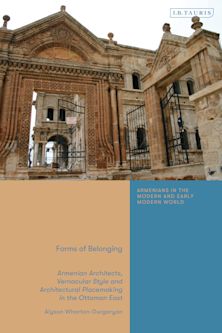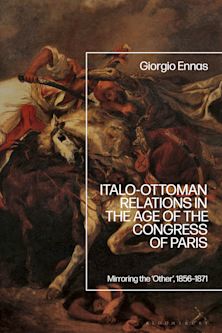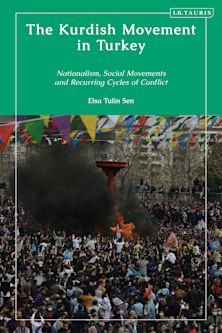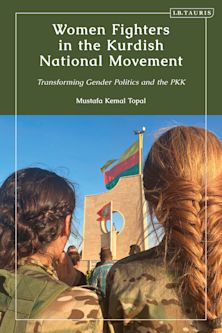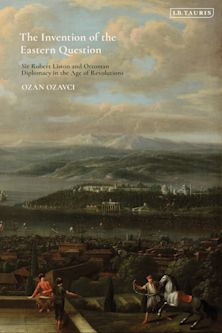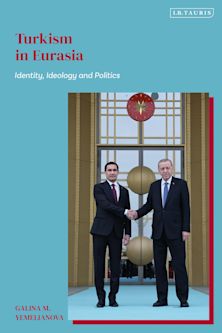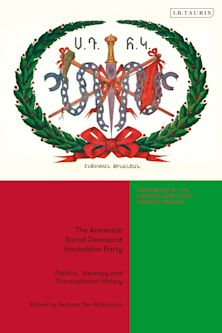- Home
- ACADEMIC
- Middle East
- Turkey and the Ottoman Empire
- The Emergence of Modern Istanbul
The Emergence of Modern Istanbul
Transformation and Modernisation of a City
The Emergence of Modern Istanbul
Transformation and Modernisation of a City
You must sign in to add this item to your wishlist. Please sign in or create an account
Description
In its transition from 18th century capital of the Ottoman Empire to economic powerhouse of the Turkish Republic, the city of Istanbul has been transformed beyond recognition. After the establishment of the Republic, Turkey increasingly turned to the West for ideas about how to create, shape and direct the development of a modern culture. This desire was felt most strongly in Istanbul, Turkey's most populous city. Its status as the capital of the Ottoman Empire, and later the economic hub of Turkey, made Istanbul a forum for the different regimes to display their political, ideological and social policies in the context of the built environment.
Some modernisation policies never came to fruition - such as the unsuccessful late nineteenth century attempt by young Ottoman bureaucrats to initiate planning reforms at a time when the Empire was on the verge of collapse. The new Turkish Republic at first neglected the old Ottoman capital, and later attempted to make it conform to its secular political ideology. After World War II, Istanbul entered a new era in modernisation, with the Democratic Party government conducting a large scale re-design of Istanbul's urban form in order to show Turkey as a major political and economic force in post-war Europe and the Middle East. The scale of this modernisation process mirrored the spectacular transformation of Paris a century before: thousands of buildings were demolished, boulevards were carved out within the old city, and whole new residential neighbourhoods were created.
In telling the story of this dramatic transformation, Murat Gül investigates and traces the impact of these changing policies on the very fabric of the city itself - in its streets, buildings and landscapes - and in the process provides new insights into the history of Turkey.
Table of Contents
Key to pronunciation of Turkish characters
Introduction
1.The Demise of Classical Istanbul
2.Istanbul Between the Crimean War and the First World War
3.The Neglected City 1923–1933
4. Reshaping Istanbul under Kemalist Principles
5. Istanbul under Democrat Party Administration
6. Istanbul in Menderes' Hands 1956–1960
Conclusion
Notes
Figure Sources
Bibliography
Index
Product details
| Published | Aug 30 2009 |
|---|---|
| Format | Ebook (PDF) |
| Edition | 1st |
| Extent | 256 |
| ISBN | 9780857712370 |
| Imprint | I.B. Tauris |
| Publisher | Bloomsbury Publishing |

ONLINE RESOURCES
Bloomsbury Collections
This book is available on Bloomsbury Collections where your library has access.












